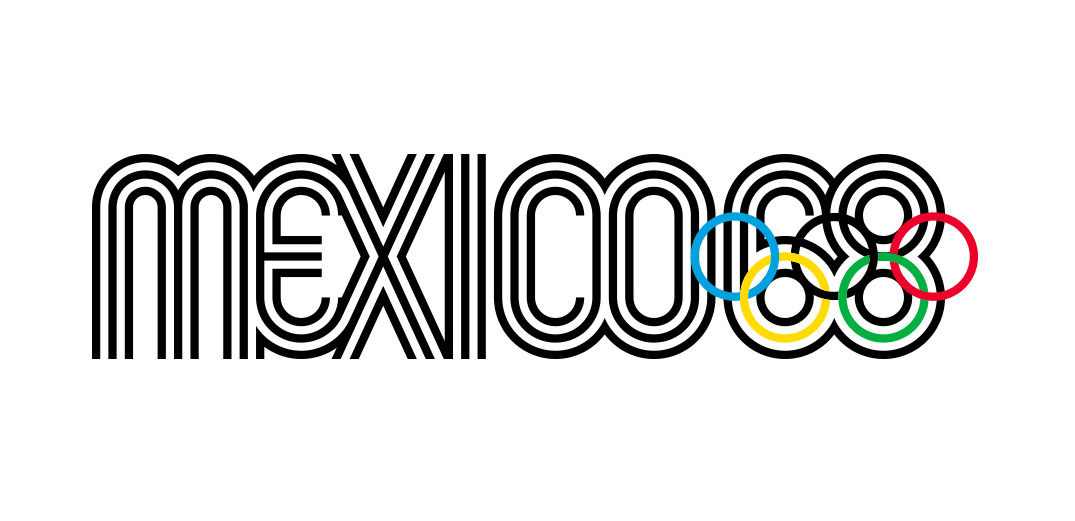Use glyphs to create a striking typographic poster in InDesign
Jo Gulliver shows you how to boost your typography design skills by using glyphs
What are glyphs? They’re essentially a graphic shape that can represent a character, or part of a character. They can have the appearance of numbers, letters, punctuation or even a decorative form. Glyphs also refer to the graphic symbols that aren’t visible on your keyboard – things like fractions, currency symbols and accented letters.
There are a number of OpenType fonts that have an extensive selection of glyphs, with many alternative forms to represent one character. Incorporating these alternatives into your work is a great way to customise typography and add flourishes to your type design. This tutorial will take an in-depth look at Indesign’s Glyphs panel, showing you how to use glyphs and all the options available to speed up your workflow (see our InDesign CS6 review to learn more about the software).

01 With a new document open, the first step is to decide what copy you’re using. You’ll then need to select your font. It’s best to use an OpenType font, since these are more likely to contain multiple glyphs. The type of font is easily visible if you go to Type>Font. The symbol to the left of the name indicates what type of format the font is and a preview of the font is also shown. If this isn’t showing, open Indesign preferences (Cmd/Ctrl+K) and under Type, tick the Font preview Size box.
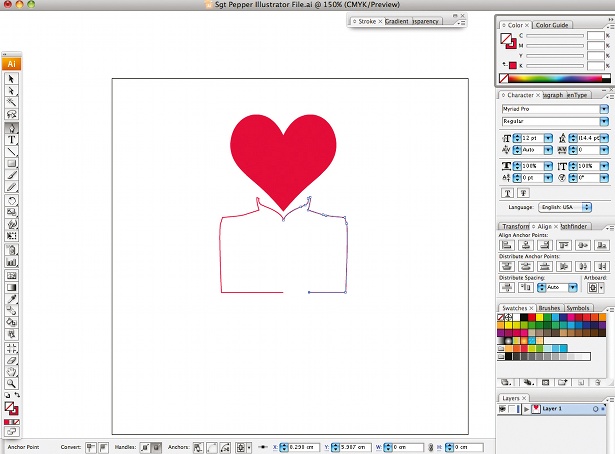
02 I’ve decided to use the Brownstone typeface family. Each weight contains up to 1,500 glyphs, so there are lots to play with. To see what glyphs are available in your font, open your Glyphs panel, which is found under the Window menu (Window> Type & Tables>Glyphs). If your font isn’t selected, use the drop-down menu at the bottom of the panel. There’s also a zoom in and out button located at the bottom of the panel, which is useful for getting a better look at the glyphs.
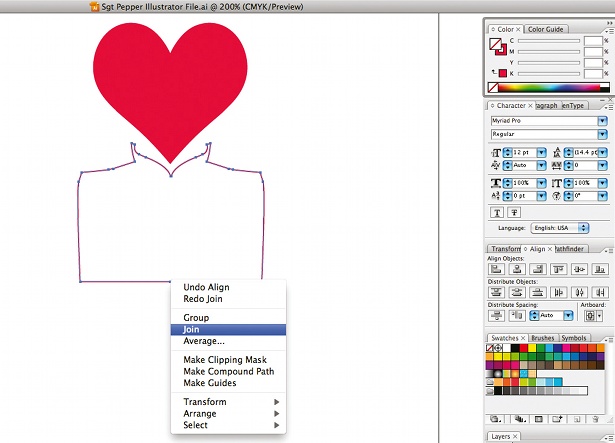
03 To show all the glyphs available, make sure Entire Font is selected in the Show drop-down menu. As you scroll through you’ll see a lot of variations of letterforms as well as numerous characters that aren’t on the keyboard. To use a glyph, just position the Text tool in the appropriate place and double-click on your selected glyph.
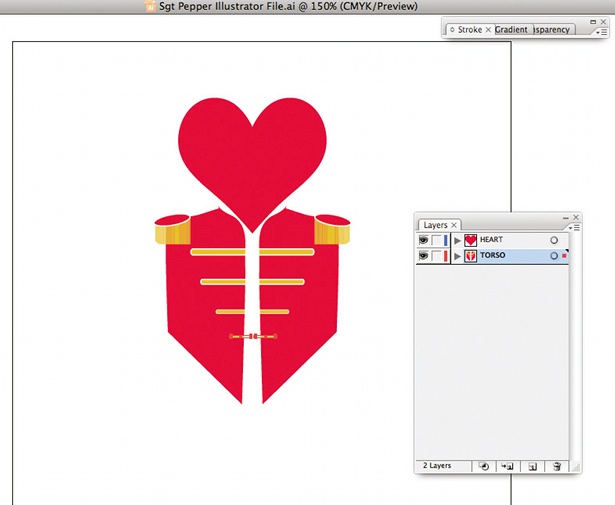
04 If you hover over a glyph in your panel, a tool tip will appear with information about it. Included in the information is the glyph’s Unicode number, which relates to a Unicode standard for numbering font characters. This standard ensures that each character has the same number across different fonts – for example, a comma always has the Unicode of 002C.
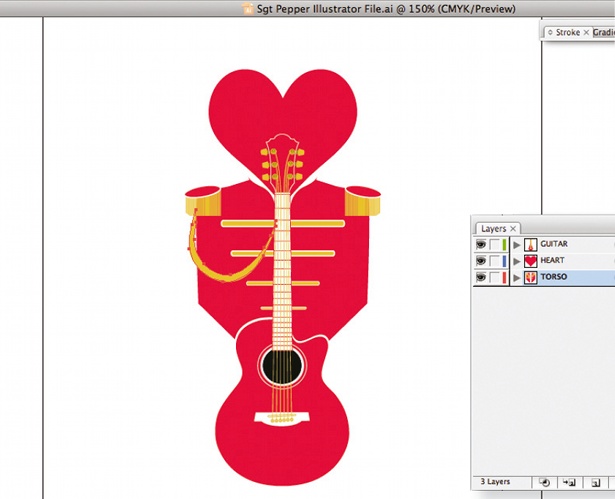
05 For fonts with lots of glyphs, scrolling through the panel can be time-consuming. However, there are a few options to make searching for different letterforms easier: some of the glyphs have a small, black arrow in the bottom-right of the box, which indicates there are alternatives. If you click-and-hold, the different options for that letter are revealed, helping you can make a quicker selection.
Get the Creative Bloq Newsletter
Daily design news, reviews, how-tos and more, as picked by the editors.

Thank you for reading 5 articles this month* Join now for unlimited access
Enjoy your first month for just £1 / $1 / €1
*Read 5 free articles per month without a subscription

Join now for unlimited access
Try first month for just £1 / $1 / €1

The Creative Bloq team is made up of a group of art and design enthusiasts, and has changed and evolved since Creative Bloq began back in 2012. The current website team consists of eight full-time members of staff: Editor Georgia Coggan, Deputy Editor Rosie Hilder, Ecommerce Editor Beren Neale, Senior News Editor Daniel Piper, Editor, Digital Art and 3D Ian Dean, Tech Reviews Editor Erlingur Einarsson, Ecommerce Writer Beth Nicholls and Staff Writer Natalie Fear, as well as a roster of freelancers from around the world. The ImagineFX magazine team also pitch in, ensuring that content from leading digital art publication ImagineFX is represented on Creative Bloq.
